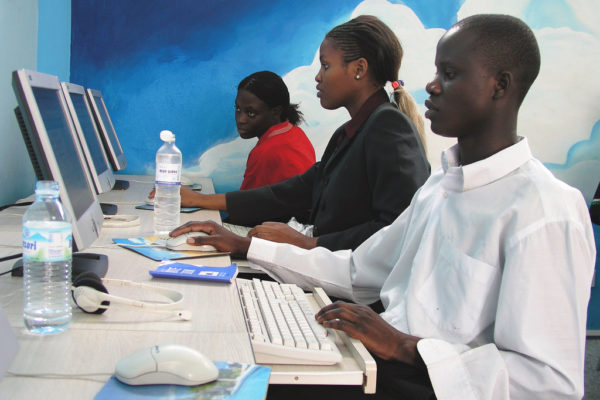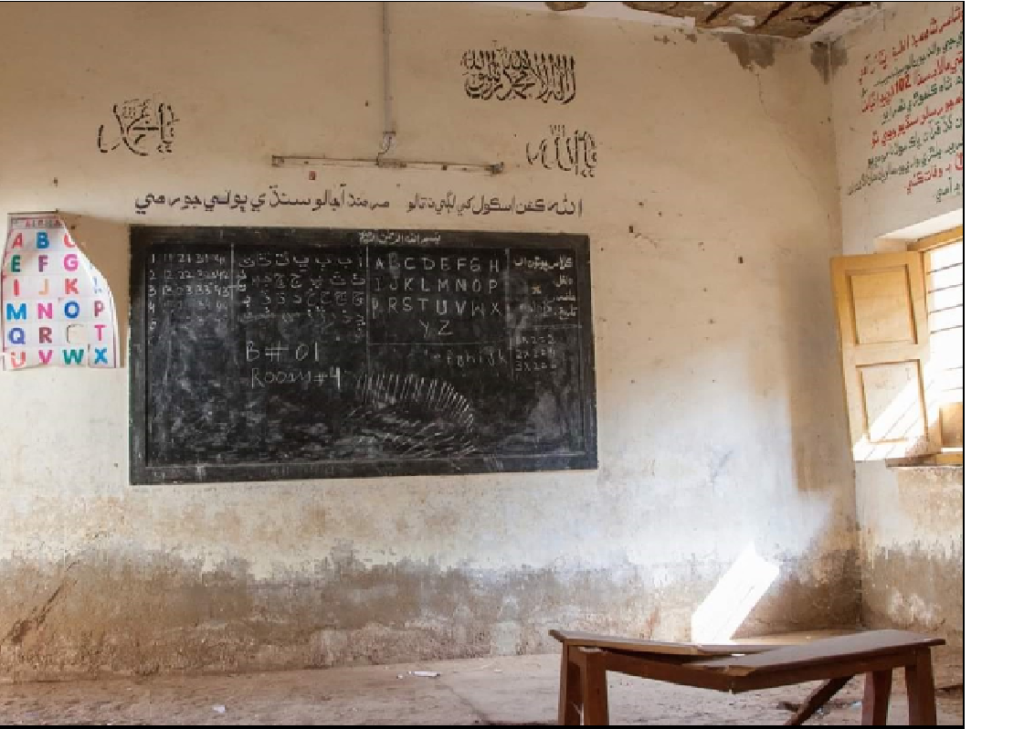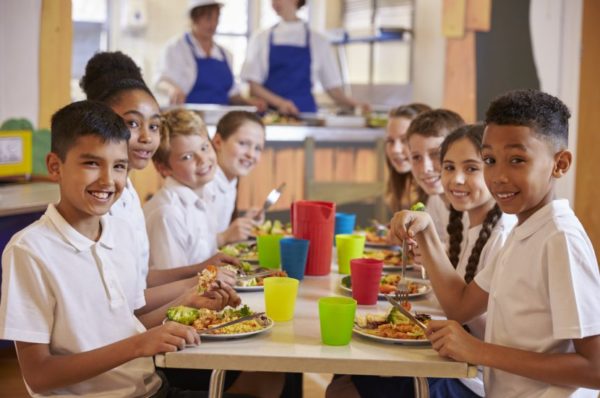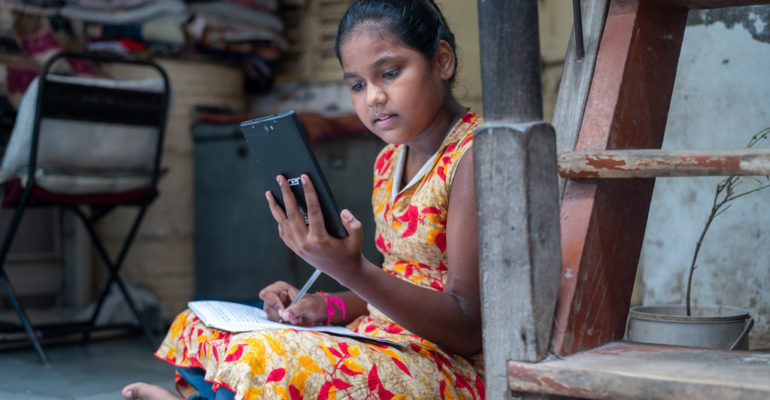SI UN Representative, Evelyne Para, brings us the next instalment in her series of blogs about how NGOs are responding to the COVID-19 pandemic. This blog focuses on education and distance learning.
The great solidarity of civil society and UNESCO’s partner NGOs are helping populations in the field, especially the most disadvantaged, to face the consequences of the unprecedented COVID-19 crisis. This mobilisation will also help define future post-COVID priorities with UNESCO in several areas: Human and Social Sciences (HSS), Education, Communication and Information, Culture, Climate Change and Protection of Biodiversity.
In Part 1 of this blog series, I presented to you the results of NGOs’ thoughts, illustrated by some achievements in the field of HSS. In this second blog, I will focus on education, highlighting the action programmes developed by UNESCO to deal with the consequences of the global COVID-19 crisis.
To stem the spread of the virus and mitigate its impact, most governments abruptly decided to shut down face-to-face educational activities in schools. Statistics are clear: 1.6 billion learners were impacted or 91.2% of all global learners. Never in history have we experienced such rates of dropping out of school. This crisis risks undoing years of progress in education, putting SDG 4 at risk.

Image courtesy of UNESCO.
In many countries, governments have implemented digital educational platforms using information and communication technologies for education (ICTE), or through television and radio broadcasts, in order to be able to ensure pedagogical continuity for all learners and to moderate disruptions in the global education system.
For example, the UNESCO Multisectoral Regional Office for West Africa has launched a digital platform of educational resources, called BELUGA, which is open to students, teachers, school administrators and parents. Many NGO partners of UNESCO supported these actions by distributing computers or tablets to children who didn’t have access. As an educational response to COVID-19, examples of good practices implemented around the world have also been listed by UNESCO in thematic notes.

Image courtesy of UNESCO.
More than three-quarters of national distance education solutions available at the height of the COVID-19 pandemic relied exclusively on online platforms. Yet, no less than 465 million children and young people, or nearly 47% of all primary and secondary students, do not have access to these digital platforms due to a lack of a home internet connection. Almost half of the planet’s population, some three billion people, do not have access to the internet. These statistics reflect a real global digital divide that results in significant connectivity gaps between and within countries. The pandemic has exposed these long-standing fractures and exposed new ones.
Despite the efforts of governments and NGOs to diversify distance education mechanisms (television channels, radio programs, internet), living conditions, lack of access to technologies, the internet and educational material, and inadequate teacher training on virtual classroom platforms, these new teaching methods do not allow inclusive educational continuity. It will, therefore, be necessary to take this into account when defining future priorities, in order to remove each of these obstacles, for achieving SDG4 and SDG10 of the 2030 Agenda.

Image courtesy of UNESCO.
The COVID-19 pandemic has worsened and highlighted inequalities. Failure to act will hamper the progress of societies, and UNESCO’s NGO partners warn of certain risks:
>>> Dropping out of school
The risk of a “blank year“, synonymous with academic failure for learners, is the first impact of measures relating to the field of education. In the context of this crisis, some learners preferred to opt for short studies, rapid qualification, by shortening their years of training. Many learners whose parents have lost their jobs will not return to school to support the family.
When we know that, in many countries, the unemployment rate is linked to the proportion of children in full-time education; this suggests social difficulties to come. Due to COVID-19, the inequality of rights and opportunities for education is exacerbated, and social cohesion will be increasingly fractured.
>>> Gender inequalities
Whereas before the crisis girls were already half as lucky to go to school; after the COVID-19 crisis, more than 11 million girls may not return. Girls dropping out of school threatens not only their future but that of society as a whole, jeopardising decades of progress towards gender equality.
Preventing girls’ exposure to the risks of pregnancy, early and forced marriage and violence, through education is a priority for NGO partners in order to strengthen the empowerment of women, essential to the achievement of the 2030 Agenda. For many of them, education is not just a means to a better life but a real escape – necessary for their survival. The NGO Soroptimist International is particularly active in this subject around the world.
>>> Exclusion factors
Migrant, displaced or disabled people, all members in the global education system must be taken into account. UNESCO’s NGO partners reaffirm their commitment to the right to education for all. The COVID-19 pandemic is an opportunity to rethink how emergency education planning can integrate all actors in the global education system.
Poverty must no longer deprive children of education. Gender, geography, disability, ethnicity, language, religion are all factors of exclusion. Yet today, according to the 2020 UNESCO Report “Inclusion and Education“, less than one in ten countries had laws that help ensure full inclusion in education.

Image courtesy of UNESCO.
>>> Food insecurity
368.5 million children depend on school meals as a reliable source of daily nutrition. The temporary closure of schools deprived them of these meals. The education crisis dramatically worsened the acute food insecurity situation the children already found themselves in. Therefore, it has direct repercussions on the physical health of learners and, consequently, effects on their mental health.
>>> Impact on families
Many families had to resist the crisis, managing the difficulties of family life: when it comes to living with very low income, or no income at all, in very small dwellings, with children who no longer go to school. How do you choose between feeding the children or paying for the internet connection for online lessons? The NGO partners of UNESCO report difficulties encountered by many parents, from all social backgrounds, for whom distance education has caused stress, loss of self-confidence, even psychological distress, which can generate violence within the home.
A parenting assistance program appeared relevant before the pandemic, it is now emerging as an essential response to the challenges that families are currently facing and which will persist in the post-COVID period. Common, participatory, and solidarity reflection between parents, families, educators, teachers, scientists and governments can be the basis of joint action.
To sustainably protect the right to education and to promote educational continuity for all, in particular through distance education, NGOs want to defend a structural response that goes beyond COVID-19.
The next episode of this series of articles on ‘Solidarity – NGOs facing pandemic’ will be devoted to highlighting the action of UNESCO’s partner NGOs in the field of Communication and Information.
Recommended Reading:
UN Policy Brief: The Impact of COVID-19 on children

